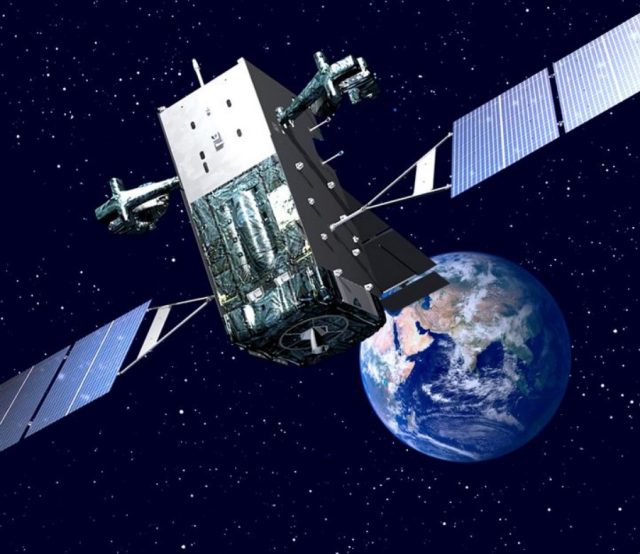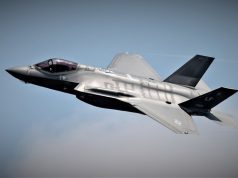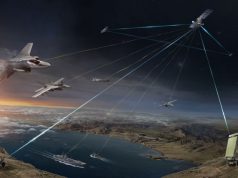Northrop Grumman Corporation and Ball Aerospace announced they have completed the critical design review (CDR) for the next generation overhead persistent infrared (Next-Gen OPIR) Geosynchronous (GEO) mission payload.
The completion of the next-gen OPIR subsystems and payload CDR will allow Northrop Grumman and Ball Aerospace team to manufacture, integrate and test the flight mission payload. Delivery to Lockheed Martin, who is responsible for delivering the satellites for the geosynchronous orbit, is scheduled for 2023.
In addition to developing a payload design for the Next-Gen GEO program, Northrop Grumman was selected by the Space Force to design and develop two polar-orbiting Next-Gen OPIR space vehicles under a $2.37 billion contract from May 2020.
The first block of the new constellation will include five satellites, three of which will be in geosynchronous orbit and two will be in polar orbit. Lockheed Martin will deliver the satellites for the geosynchronous orbit, while Northrop Grumman will deliver polar orbit satellites.
“The Northrop Grumman and Ball Aerospace team brings deep mission expertise in missile warning and tracking to this program,” said Scott Lee, vice president and general manager, payload and ground systems, Northrop Grumman. “Together, we’re delivering another generation of unblinking eyes in space as part of our nation’s strategic deterrence.”
As the successor to the space based infrared system (SBIRS), Next-Gen OPIR will provide an improved, more resilient missile warning system to counter current and emerging threats.
The Next-Gen OPIR GEO satellites are being designed and built by Lockheed Martin. Northrop Grumman and Ball Aerospace are one of two teams selected by Lockheed Martin in 2018 to develop a competitive payload design for the program. Raytheon is the other competitor.
“Decades of mission experience with modern agile infrared sensor development are the hallmarks of the Northrop Grumman and Ball Aerospace team,” said Deirdre Walsh, vice president, Strategic Operations, Ball Aerospace. “This collaborative effort has enabled us to successfully execute the critical design review of the Next-Gen OPIR GEO Block 0 mission payload – a mission critical to our nation’s security.”



























